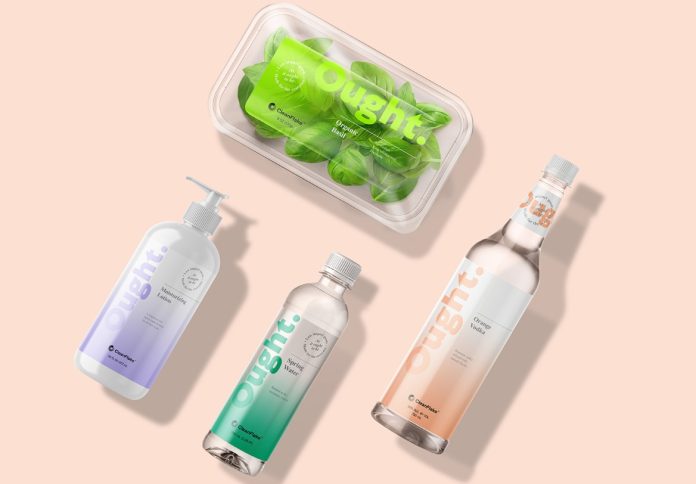
A new white paper commissioned by global materials science company Avery Dennison is shedding light on how packaging innovation, particularly pressure-sensitive labels, can contribute to circularity efforts across the consumer packaged goods (CPG) industry.
Titled “Pressure-sensitive labels and their role in making packaging circular”, the paper outlines key environmental and economic benefits of adopting next-generation packaging solutions.
According to the research, a modest 1 per cent increase in recycling rates could eliminate approximately 2,000 tonnes of plastic waste annually in large-scale bottling applications, demonstrating the scale of potential impact.
Avery Dennison, listed on the NYSE as AVY, positions the white paper as a practical reference for CPG brands looking to meet sustainability targets, including widespread industry goals of achieving 100 per cent recyclable packaging by 2030.
The document is based on interviews conducted in 2024 with stakeholders across more than nine countries, including the United States, Brazil, and China, alongside in-depth reviews of market studies and regulatory frameworks.
“CPG companies are facing growing pressure from consumers, retailers, regulators, investors and employees to prioritise the circular economy,” said Ryan Yost, president of the Materials Group at Avery Dennison.
“Our white paper provides hard data based on independently conducted interviews, supported by insights from our global teams who engage directly with customers, recyclers, and policymakers. We see it as a practical tool for addressing packaging circularity.”
Among the findings, the report notes that sustainable products accounted for about 31 per cent of CPG sector growth from 2013 to 2023, despite making up just 18.5 per cent of the market.
It also highlights consumer sentiment, with nearly one-third of respondents identifying sustainable packaging as a key factor in addressing environmental issues.
The white paper draws attention to the environmental cost of plastics, which have quadrupled in use over the past three decades, now contributing 3.4 per cent of global greenhouse gas emissions. Packaging accounts for about 40 per cent of the 350 million tonnes of plastic waste generated annually.
Legislation is another driving force for change. In Europe, the Packaging and Packaging Waste Regulation (PPWR) mandates that packaging be designed for recycling and sets a target for 10 per cent of beverage packaging to be reusable by 2030.
One of the white paper’s focal points is the development of pressure-sensitive labels with “clean-release” functionality, allowing inks and labels to separate cleanly during recycling.
This leads to higher-quality recycled materials, enabling the upcycling of plastics like PET and HDPE into new bottles and reducing the demand for virgin materials.
The research was supported by data from sources including the Massachusetts Institute of Technology, the Association of Plastic Recyclers, and Sustainable Plastics.
According to Avery Dennison, recycled rigid plastics can be over 70 per cent less emissions-intensive than virgin alternatives.
To access the full white paper, visit makingpackagingcircular.com.



















